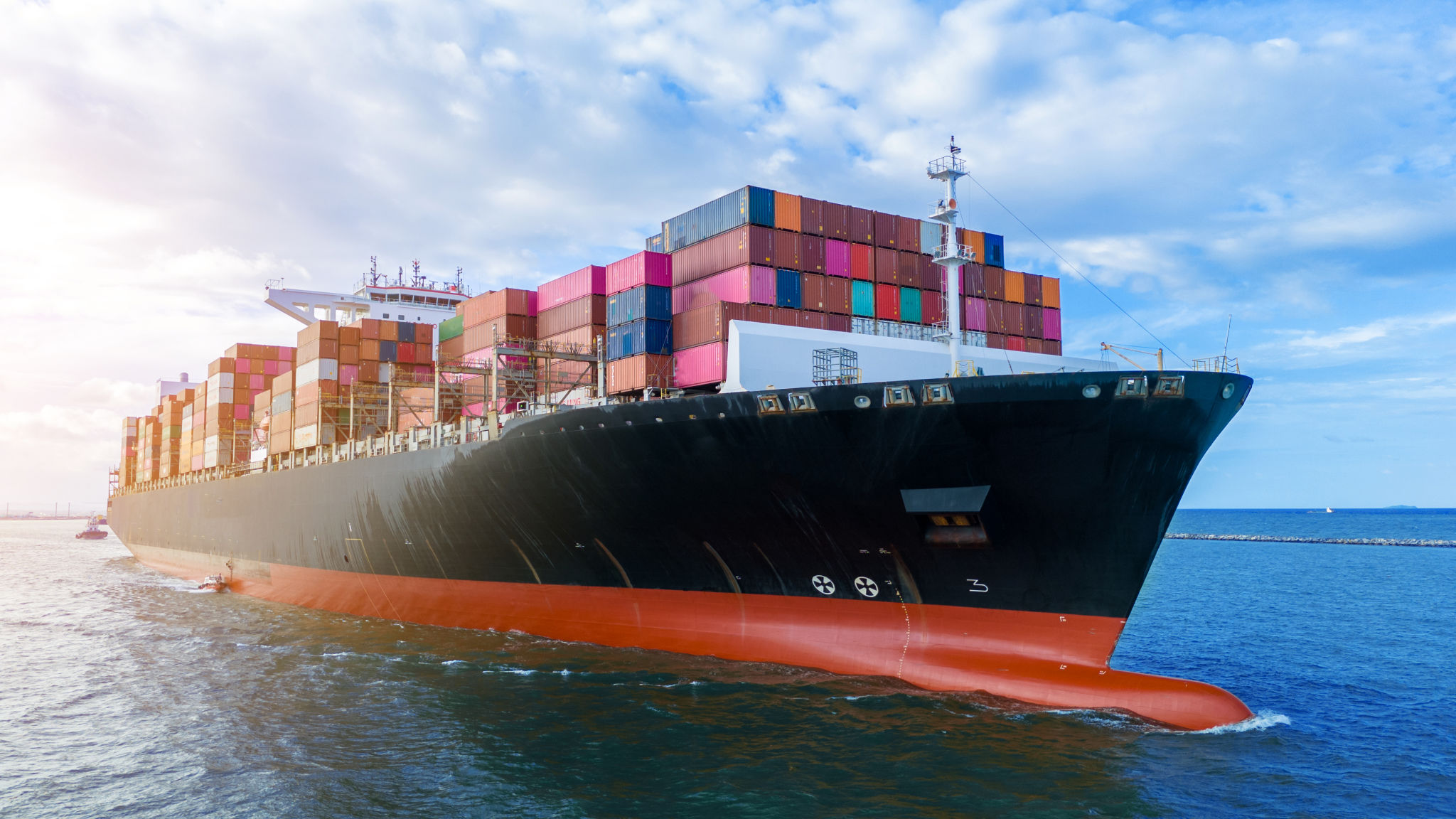Seasonal Preparation: Navigating Container Shipping Challenges
Understanding the Seasonal Dynamics in Container Shipping
As the holiday season approaches, businesses across the globe brace themselves for one of the busiest times of the year. With consumer demand peaking, the container shipping industry plays a pivotal role in ensuring that goods reach their destinations on time. However, navigating the complexities of seasonal shipping can be challenging. Understanding these dynamics is crucial for businesses looking to optimize their supply chain and avoid potential pitfalls.

Anticipating Demand Surges
The first step in preparing for seasonal container shipping challenges is anticipating demand surges. Retailers and manufacturers need to forecast demand accurately to ensure they have enough inventory to meet customer expectations. This involves analyzing past sales data, understanding market trends, and considering external factors such as economic shifts and consumer behavior changes.
Effective demand planning allows businesses to make informed decisions about how much stock to order, which shipping routes to prioritize, and when to ship goods to avoid bottlenecks. By anticipating these demand surges, companies can better manage their logistics and reduce the risk of delays or stockouts.
Optimizing Shipping Routes and Schedules
During peak seasons, traditional shipping routes may become congested, leading to delays and increased costs. To counter this, businesses should explore alternative routes and schedules. Flexibility in routing can help avoid congested ports and streamline the shipping process. Collaborating with freight forwarders or using advanced logistics software can provide real-time data and insights into the most efficient paths for shipments.

Building Strong Relationships with Carriers
A strong relationship with carriers can be invaluable during peak shipping seasons. By establishing long-term partnerships with reliable carriers, businesses can secure better rates, priority loading, and more flexible scheduling options. Communication is key; keeping open lines of communication with carriers ensures that both parties are prepared to handle any unexpected challenges that may arise.
Additionally, businesses should consider diversifying their carrier base to reduce dependency on a single provider. This diversification can provide a safety net if one carrier experiences delays or other issues.
Embracing Technology and Innovation
Technology plays an increasingly important role in managing seasonal container shipping challenges. Leveraging advanced technologies such as blockchain, Internet of Things (IoT), and artificial intelligence (AI) can enhance visibility and efficiency in the supply chain. These technologies provide real-time tracking, predictive analytics, and automated systems that help businesses make data-driven decisions.

Implementing Risk Management Strategies
No matter how well-prepared a business may be, unforeseen events such as extreme weather conditions or global pandemics can disrupt shipping operations. Implementing robust risk management strategies is essential to mitigate these risks. Businesses should identify potential vulnerabilities in their supply chain and develop contingency plans to address them.
This might include securing additional inventory in advance, diversifying suppliers, or investing in insurance coverage for shipments. By preparing for potential disruptions, businesses can minimize their impact and maintain a steady flow of goods during peak seasons.
Conclusion: Preparing for Success
Navigating the challenges of seasonal container shipping requires careful planning and strategic execution. By understanding demand patterns, optimizing routes, building strong relationships with carriers, embracing technology, and implementing risk management strategies, businesses can position themselves for success during peak seasons. With the right preparation, the holiday season can become an opportunity for growth and increased customer satisfaction.
